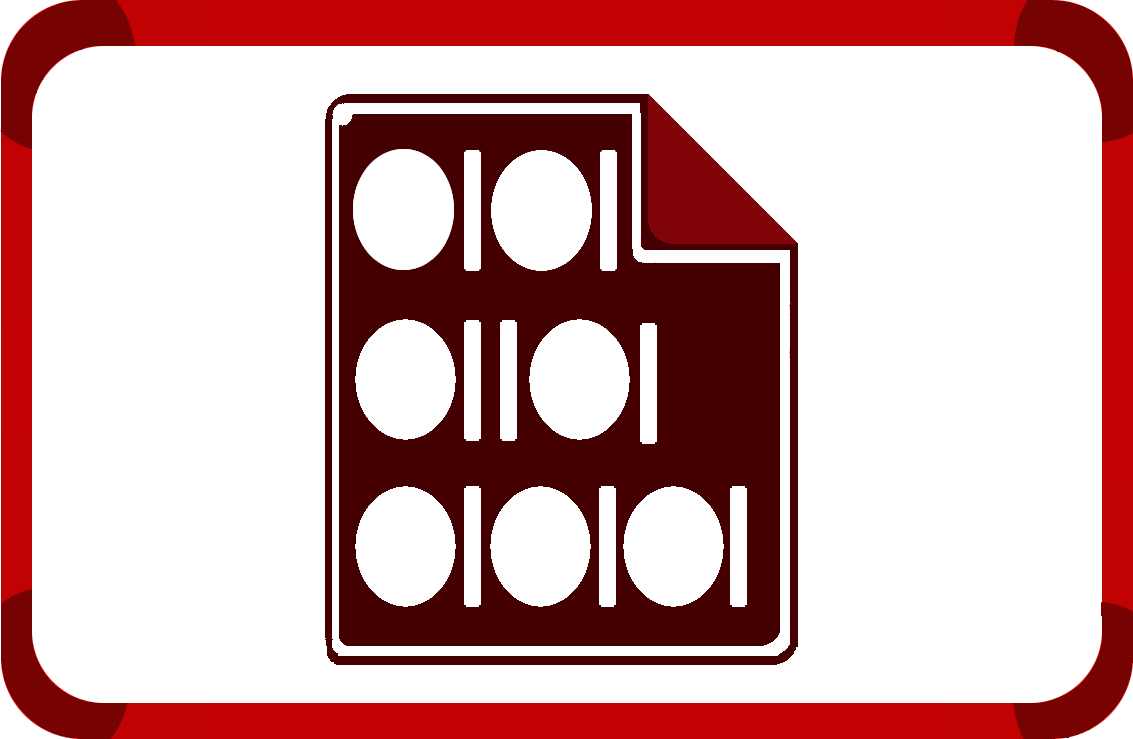Even when it is yet to see if Web3 will be the next internet revolution in this new wave of distribution, perhaps my preference would be to see it from another angle, which is that Web2 and Web3 coexist, bringing the best cases from the centralization and decentralization universes delivering the ideal internet solutions.
 |
| Photo by Compare Fibre on Unsplash |
So, what is Web3, and what is the difference with Web2?
The term Web3 came from Ethereum co-founder Gavin Wood, and it refers to a decentralized online ecosystem based on blockchain. If you have been reading about cryptocurrency, tokens, and blockchain then you have been learning about Web3.
Web2 term has been introduced for describing the current landscape related to a more centralized technologies controlled by, what some may call, “Big Tech” organizations, such as the social-based ones like Meta (Facebook); but also including Google, Netflix, Amazon, Microsoft, companies in the FinTech space, etc.
| Layers | Category | Product and/or service |
|---|---|---|
| Infra | ||
| Messaging |
| |
| Audit |
|
|
| Videos |
|
|
| Decentralized naming |
|
|
| Transact |
|
|
| DAO |
|
|
| Data Storage |
|
|
| Nodes as Service for building on the blockchain | Nodes | Such as Alchemy, DFinity, Quicknode, others |
| Protocol layer | Layer 2 |
|
| Protocol layer | Layer 1 |
|
Web3 business value
- More control for the consumer. Users own their data, having the liberty to share it or keep it private
Less surveillance by the companies. - Smart contracts and NFTs can be used to connect directly to the owners of their work
- It is to assume that web3 technologies could be more stable and accessible due to their decentralization and distribution.
- Decentralization applications can host unlimited number of participants on both sides of any transaction
What is Proof of Work?
Proof of work ( PoW) is a form of cryptographic proof in which one party (the prover) proves to others (the verifiers) that a certain amount of a specific computational effort has been expended.

What is Smart Contract?
Smart contracts are simply programs stored on a blockchain that run when predetermined conditions are met. They typically are used to automate the execution of an agreement so that all participants can be immediately certain of the outcome, without any intermediary’s involvement or time loss. They can also automate a workflow, triggering the next action when conditions are met.
Some of the challenges with Web3
- Harder to moderate and filter content, giving a window to cybercrimes, hate speech, and misinformation.
Scalability. Web3 is slower due to the P2P. - Web3 uses more computing power, which means the need for more energy. This implies a higher carbon footprint.
- Accessibility is an issue as due to the gap with the integration into the modern web browsers
Closing remarks
While some may say that Web3 is the future of the internet, in an uncensored world, I believe that the future lies in the middle that has the right balance between the Web2 and Web3 space.






